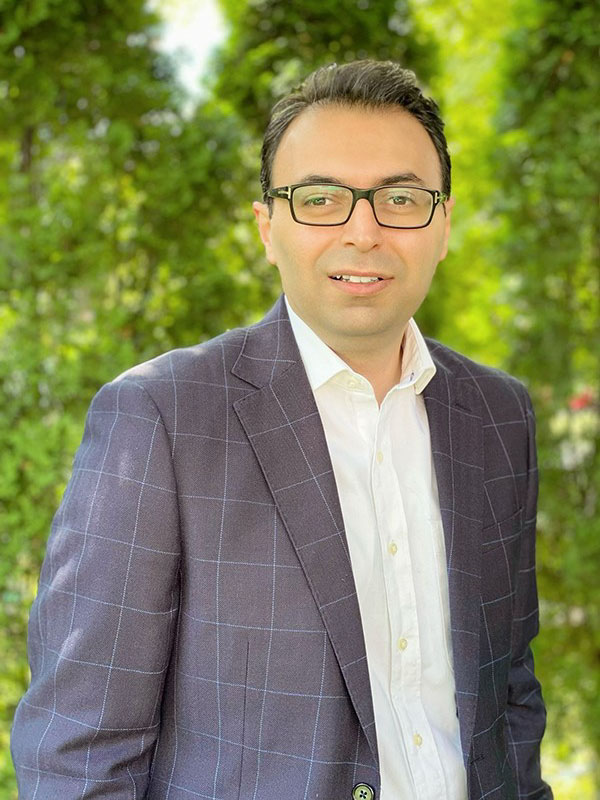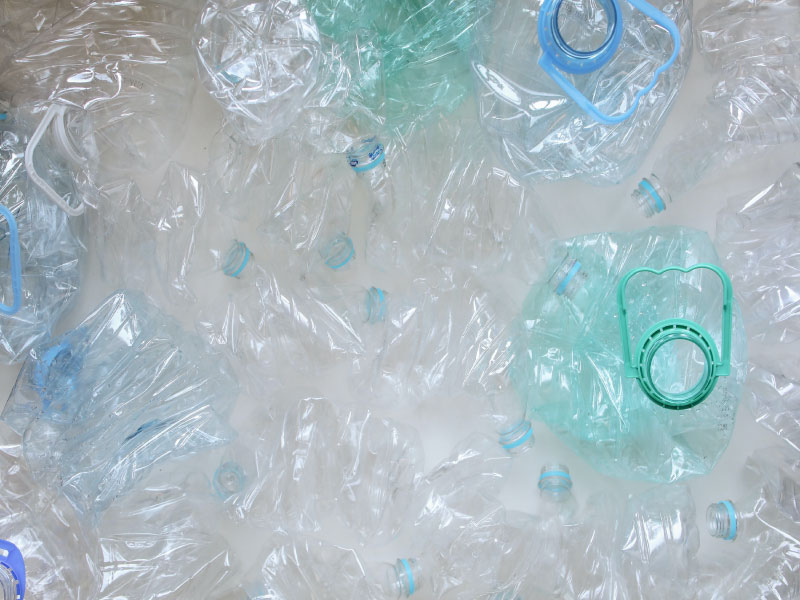The future of packaging is eco-conscious
Dr. Ehsan Behzadfar, an assistant professor in the Graphic Communications Management (GCM) program, has secured a Canada Foundation for Innovation (CFI) grant through the John R. Evans Leaders Fund for his work on sustainable solutions in packaging.
The grant, which is funded by the Government of Canada in partnership with the CFI, is awarded to top university researchers who are conducting research at the intersection of science and innovation.

Dr. Ehsan Behzadfar is an assistant professor in the GCM program
“I would like to thank the Canada Foundation for Innovation (CFI), our industrial partners, my colleagues and my research team at Ryerson University for supporting our research initiatives,” Behzadfar said.
Through the grant, Behzadfar will research infrastructure to develop a value-added biodegradable multilayer polymer for packaging applications. Currently, he teaches a sustainability in print and packaging course in the GCM program and much of his current research focuses on sustainability in design and polymeric packaging (moving away from petroleum polymers or plastics and towards bioplastics). His motive, he says, is to foster greener and more environmentally responsible materials in design and processing practices while introducing advanced functionalities to end products.
According to the International Institute for Sustainable Development (external link, opens in new window) , the consumption of single-use plastic has surged in Canada during the pandemic. From take-out containers to plastic bags to disposable PPE, such as masks and gloves, the COVID-19 pandemic has made people even more reliant on plastic which are nonrenewable and non-biodegradable.

Disposable personal protective equipment (PPE) has contributed to an increase in single-use plastic consumption. Image courtesy of Mike Baumeister, Unsplash
Why is it important for packaging to become more sustainable?
It is hard to imagine our world without packaging. Packaging offers lots of benefits and convenience to our society but has its own shortfalls. Most packaging materials become waste after their intended use. In our current track, plastics, mostly generated from packaging waste, will outweigh fish in the oceans by 2050.

Many packaging materials, including water bottles, end up becoming pollutants in bodies of water. Image courtesy of Polina Tankilevitch, Pexels
What will your John R. Evans Leadership funded research focus on?
My research team has a focus on developing innovative, biodegradable, value-added packaging solutions. These packages will serve the intended purpose while they can undergo an on-demand degradation process after that. Using these packages, we can tailor our packages for specific product characteristics and shelf-life.
How did the idea for this scope of research come to be?
From a material design perspective, there is a natural trend to use biodegradable polymers as a plausible alternative to conventional packaging. However, biodegradable polymers suffer from shortcomings, such as low stretchability, low barrier properties, hygroscopicity, that limit their use in many packaging applications. Inspired by nature, multilayer structures, such as onions and opals, offer a promising approach to sustainable packaging in the future. In a layered configuration, the material properties are a combination of the added layers. The development of these advanced layered structures requires a full understanding of the material’s design, processability and structure-process-property relationships. With the layered conformations, it is important to study how the layers interact and interface with each other. Besides feasibility of the solutions, design of the adhesion layer between package layers is key as sometimes we prefer strong adhesions, like in their application, while we like them to be separated readily in the degradation process.
What will biodegradable packaging look like in the future? How will the grant help you achieve the long term goal and vision?
With growing concerns about environmental pollution, we will see more biodegradable packaging in the marketplace. However, we have to be aware of their shortcomings such as the creation of microplastics upon their degradation. Using this grant, my research team will address the shortcomings of biodegradable packages to find innovative, feasible and sustainable solutions for our everyday life.
---
The Creative School supports thoughtful and future-proof creative design solutions that meaningfully impact the community. Dr. Behzadfar is helping to lead the future of creative and sustainable packaging design solutions that have the potential to impact many future generations.
“I hope that we, as a big community, can come together to address the sustainability issues in packaging,” he said. “This problem can be solved only if all of us, from the government to manufacturers and consumers, work together.”

The Creative School at Ryerson University
The Creative School is a dynamic faculty that is making a difference in new, unexplored ways. Made up of Canada’s top professional schools and transdisciplinary hubs in media, communication, design and cultural industries, The Creative School offers students an unparalleled global experience in the heart of downtown Toronto.